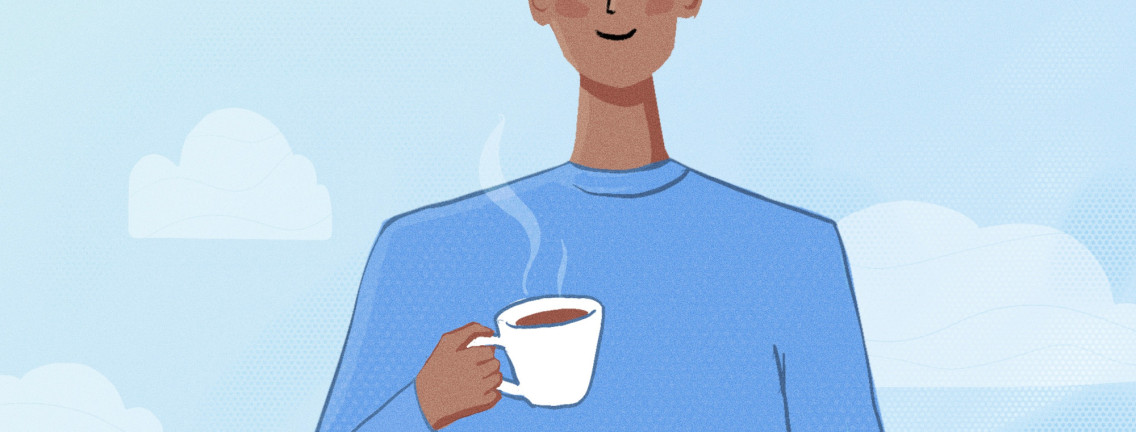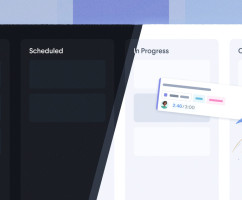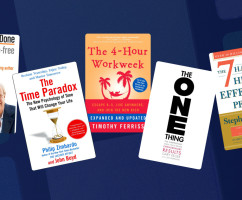You’ve been working on that task for three hours straight, your head is getting foggy and you’re starting to feel a cramp in your legs. It’s probably time to take a break, right? However, you keep at it because you worry that taking a break will distract you from getting the task done in time.
There has been a lot of study on the subject, and it turns out that scientists, professionals, and a great many experts agree that taking regular breaks actually helps your productivity at work, rather than hindering it.
The Science Behind Taking Breaks
Various studies, in different fields, have shown that taking breaks helps increase performance.
In one study surgeons were tested for muscle fatigue from holding 2.5kg weights, some with “micro-pauses” (20 seconds every 20 minutes) and some without. The results showed a noticeable difference between the two groups with performance being evaluated as much better with those that take breaks.
In more than 20 other studies performed over the last 30 years, results consistently show that when taking breaks, participants had higher levels of vigor and alleviated fatigue, especially those doing clerical work or creative exercises.
One interesting survey by Inc Magazine on more than 200 office workers, showed that about a quarter of the employees admitted to never leaving their desks except for lunch. That’s a shocking amount of desk-sitting!
Microbreaks
So you’re thinking “OK, so I should go outside for a walk then”. Even though that’s not bad for you at all, experts say it’s not necessarily going to boost your performance on the task at hand.
The best type of break for getting your tasks done efficiently is called a ‘Microbreak’, which is a term coined by Dr. Charlotte Fritz, an Associate Professor in Industrial and Organizational Psychology at Portland State University.
Her research shows that the microbreak, which is basically walking away for 10 minutes or less, can boost productivity levels tremendously, especially when keeping the microbreak focused on the task.
For example, not going to get a coffee and chat with colleagues about football, but instead briefly walking around the office and brainstorming what you are working on with a colleague.
Microbreaks With Social Media
Before you sit back, grab your phone, and hit the Facebook icon, know that taking a microbreak to look at social media is actually a bad idea. According to a survey by HuffPost, 45% of people who are influenced by social media say that their lives are “very stressful”.
People who say they post things on Facebook or Twitter to improve their image are over 4.5 times more likely than other people to "always" feel stressed.
So with that data alone in mind, we should think twice before using our microbreak to check out the latest video of a sunglasses-clad cat playing the piano.
Using Physical Exercise as a Microbreak
Stretches and other forms of low-intensity exercise can work very well as a microbreak. The HSE reported that in 2021, 470,000 workers suffered from work-related musculoskeletal disorders in the UK.
While people are sitting at their desks, most people don’t realize the damage they are doing until they are in pain. So it’s beneficial to take a microbreak and perhaps try some shoulder shrugs or wrist flexors.
Of course, the most famous stretch would be the “Standing Back Bend With a Coffee Mug” stretch.
When Not to Take a Break
When you are ‘in the zone’ it’s suggested to actually not take a full break, because then you are breaking the flow of productivity. Microbreaks would still be beneficial, but the skill required to be able to take any kind of break, whether long or micro, would challenge even the most elite lifehacker.
If you are getting your work done with a good level of quality, then it’s ok to snooze the ‘take a break’ alarm at least for 20 minutes before you re-evaluate your next break. Practice what works for your own personal rhythm.
How to Plan for Breaks
It’s important to plan for your breaks, and there are various ways to think about this:
The 90-20 Rule.
We covered in a previous blog post the importance of planning to work on a task in a focused time block. The block of time should be no longer than 90 minutes with a 20-minute break at the end.
Studies have shown that this brings a greater level of performance than trying to work on a task for a long period of time. So a 20-minute break should be planned for along with any tasks scheduled. It’s also wise not to do too many of these focused time blocks in one day, and instead prioritize the tasks that have the most value.
You can also throw microbreaks into your focused-time block by perhaps walking away from your desk for a couple of minutes every now and then. A stand-up desk helps incredibly with this method of working.
Try Taking a Break Every Hour
A study by the University of Illinois advocates taking a break once every hour, yet a post published in Inc Magazine suggests taking a break every 60–90 minutes. However long you decide to work before taking a break, make sure you record your methods like a science experiment, and then see which tasks were performed better when taking breaks every 45, 60, and 90 minutes. Again, you’ll find that there’s an approach that works uniquely for you despite what the research suggests.
Pomodoro
The Pomodoro Technique is a technique devised in the late 1980s and advises working for 25 minutes ****followed by a 3 to 5-minute break, and then a 15 to 30-minute break every 90 minutes or so. If the hourly break method doesn’t work for you then try this technique as it might work better.
We have written in detail about the Pomodoro method and how you can use it within HourStack for your time blocks.
What About Capacity?
Finally, it’s worth mentioning capacity. In HourStack every member has a default capacity set (typically eight hours), but when you take breaks into the equation it might be worth lowering your capacity so that your breaks aren’t factored into your work time.
If you plan on taking breaks throughout your day, we suggest you set your capacity to 80% of your actual work hours. This will allow time for breaks that aren’t planned for as tasks or tracked as billable time. It will give you and your team a better picture of your actual productivity and not time spent gazing at the flowers.
In Conclusion
However you decide to structure your workday, we hope that you will consider implementing some breaks into your schedule so that you can not only be a productive worker, but a healthy and happy worker.
Updated October 28, 2022 in Tips & Tricks






